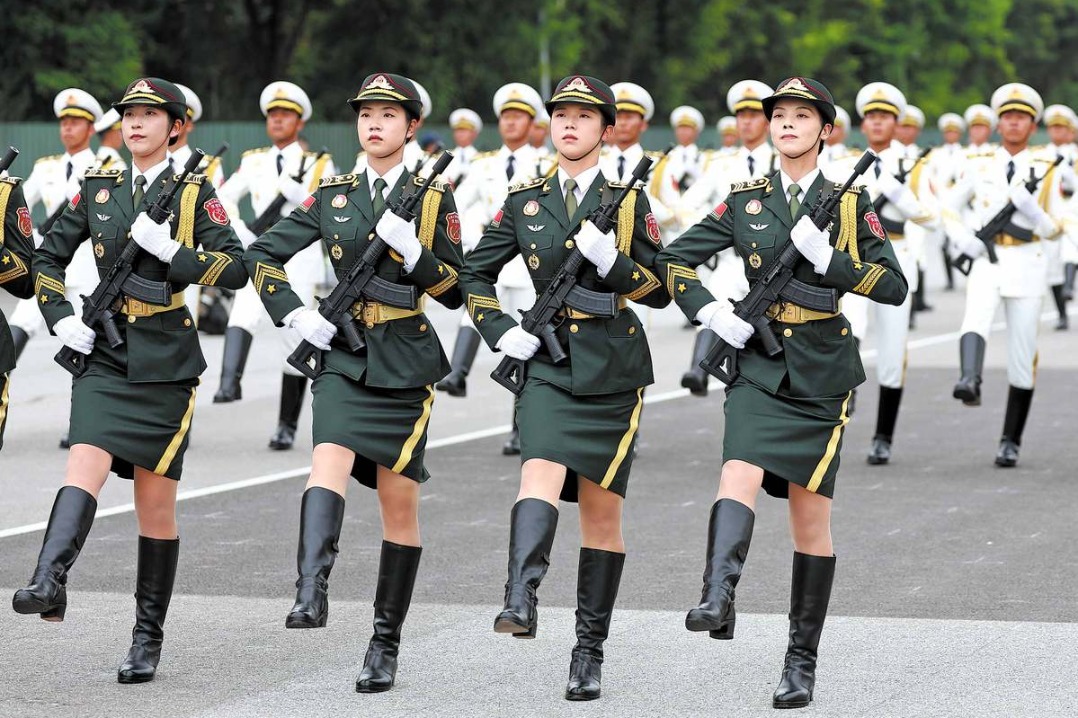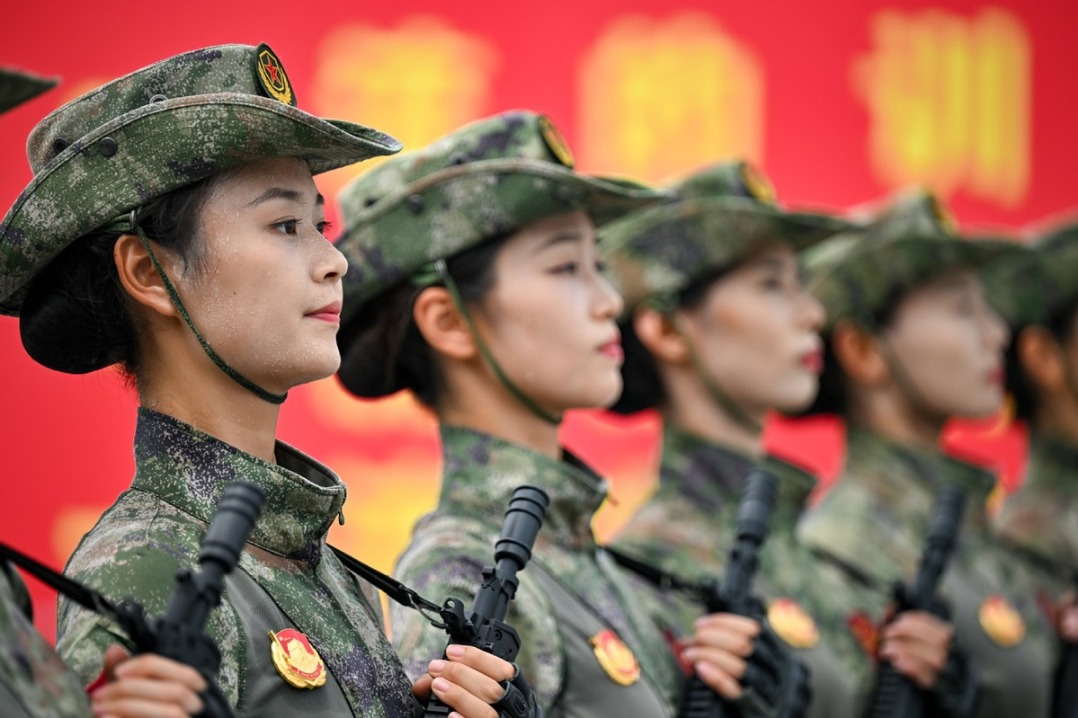'Dual circulation' to sustainable growth


While the novel coronavirus fallout is still escalating in Western economies, China's economic rebound has begun. Global recovery requires multilateral cooperation that China's new development strategy seeks to foster.
As the official document released after the conclusion of the Fifth Plenary Session of the 19th Communist Party of China Central Committee on Thursday shows, unlike other major economies, the Chinese economy is now rebounding and fueling global prospects.
In terms of the past, China is set to achieve two of its centenary goals: building a moderately prosperous society in all respects, and eradicating extreme poverty.
Two centenary goals about to be realized
In terms of the future, the plenary session introduced China's 14th Five-Year Plan (2021-25). And while the mid-term "2035 vision" seeks to realize the primary modernization goals, it also offers the critical half-way path to 2050, when China is expected to become a modern socialist country.
The stress on these medium-and long-term initiatives adds both direction and flexibility, which would be constrained by traditional GDP targets. Instead, the focus will be on what President Xi Jinping has termed the "dual circulation" development pattern to recalibrate China's domestic economy with the international economy, in order to achieve more resilient and sustainable growth.
China's confirmed COVID-19 cases remain below 86,000, which contrasts starkly with the numbers of cases in the United States and Europe, where they are on track to reach 9 to 10 million.
With the conclusion of the China-World Health Organization Joint Mission in mid-February, China's success in containing the COVID-19 epidemic was predicated on its rapid, broad and stringent control measures. That made possible for China to "re-open" its economy long before other major economies.
Scientific approach vs free-for-all policy
Although China had to cope with the epidemic challenge first, its total case count represents only 1 percent of that in the US or Europe. Why? Because the entire nation stood behind a science-based public health policy.
In contrast, massive policy mistakes in the US, Europe and elsewhere are about to result in more than 45 million cumulative cases and 1.2 million deaths. Worse, they have already contributed to a global economic contraction that's far more serious than during the Great Depression.
As the plenum document says, the strategic plan for the rejuvenation of the Chinese nation must take into account these pandemic failures and their economic costs and geopolitical implications.
Despite very challenging international conditions, China has made extraordinary progress in the past year. In September, export growth improved once again to almost 10 percent year-on-year.
After more than two years of the US administration's trade war and the consequent dire global headwinds, Chinese consumers are understandably cautious and cost-conscious. Yet the rebound of import growth by more than 13 percent after two consecutive months of contraction suggests that confidence is rising.
Some analysts argue that China is growing more on the back of strong production as domestic demand remains subdued, while the US is on a consumption-based recovery path with strong retail sales but weak production.
But the consumption-led recovery in the US relies too much on very costly fiscal stimuli necessitated by the poor response to the pandemic, and rapidly rising debt, which both distort the role of consumption.
As a share of GDP, US fiscal stimulus packages (13-plus percent) are twice as large as those in China (7 percent). And thanks to the printing press, ordinary Americans and foreign investors end up having to pay the bill. In China, the growth trajectory has been more strategic, first, stressing supply, and over time, demand. Which is more sustainable.
Rising living standards, end of extreme poverty
In 2020 China's GDP is projected to reach almost $15 trillion, which accounts for about three-fourths of the US' gross domestic product. However, the US remains on the path to minus 4 percent growth in 2020, whereas China's GDP is likely to increase by 2 percent-three times faster.
Assuming peaceful and relatively stable conditions, China's growth potential could remain significant in the medium term. In this scenario, the size of the Chinese economy would surpass that of the US by the late 2020s. That may be the side effect of China's future plans. But as the plenum said, what is more critical has been the success in building a moderately prosperous society in all respects.
In China and other large emerging economies, the middle-income groups have expanded dramatically in the past two to three decades. Yet they lack the accumulated prosperity and wealth that major advanced economies enjoy.
China's per capita GDP, adjusted to purchasing power, is a fourth of that in the US. But it is increasing faster in relative terms and could exceed a third of the US level by the mid-2020s.
Largest social security system in the world
During the past half a decade, more than 55 million people have been lifted out of poverty thanks to over 60 million new jobs created in urban areas. More importantly, China's focus on the quality rather than the quantity of GDP growth has allowed it to build the world's largest social security system.
Now China's basic medical insurance system covers more than 1.3 billion people, while basic old-age insurance reaches almost 1 billion people-which are vital to an aging society and a remarkable achievement.
In the coming years, the international landscape looks dire. Indeed, China's new mid-term "Vision 2035" emphasizes the importance of domestic demand in a regionalizing world. Today, Sino-ASEAN trade seems at par with Sino-US or Sino-EU trade.
Moreover, regional differentiation is likely to proceed fast, both internationally (Belt and Road Initiative) and domestically (the Guangdong-Hong Kong-Macao Greater Bay Area). Plus, the acceleration of green and low-carbon development has been evident in China's initiatives since the mid-2010s.
The new strategy also underscores the upgrading of China's economic structure, higher value-added in manufacturing and industrial and supply chains. That's the purpose of innovation-led growth, including the emphasis on semiconductor chips, artificial intelligence, 5G platforms, renewable energy and biotechnology.
China's rise different from Western nations
Since its launch in 2015, the "Made in China 2025" plan has sparked some skepticism in the advanced West economies. Much of the criticism is hypocritical, based on double standard. When today's major advanced economies industrialized about a century ago, such efforts at independence and self-sufficiency were typical to all of them, along with high tariffs and protectionism.
In contrast, China's quest for major country status rests on multilateralism, global cooperation and shared future, which includes all countries that seek to peacefully participate in common sustainable growth.
The author is the founder of Difference Group and has served at the India, China and America Institute (USA), Shanghai Institutes for International Studies (China) and the EU Centre (Singapore). The views don't necessarily reflect those of China Daily.
If you have a specific expertise and would like to contribute to China Daily, please contact us at opinion@chinadaily.com.cn , and comment@chinadaily.com.cn


































